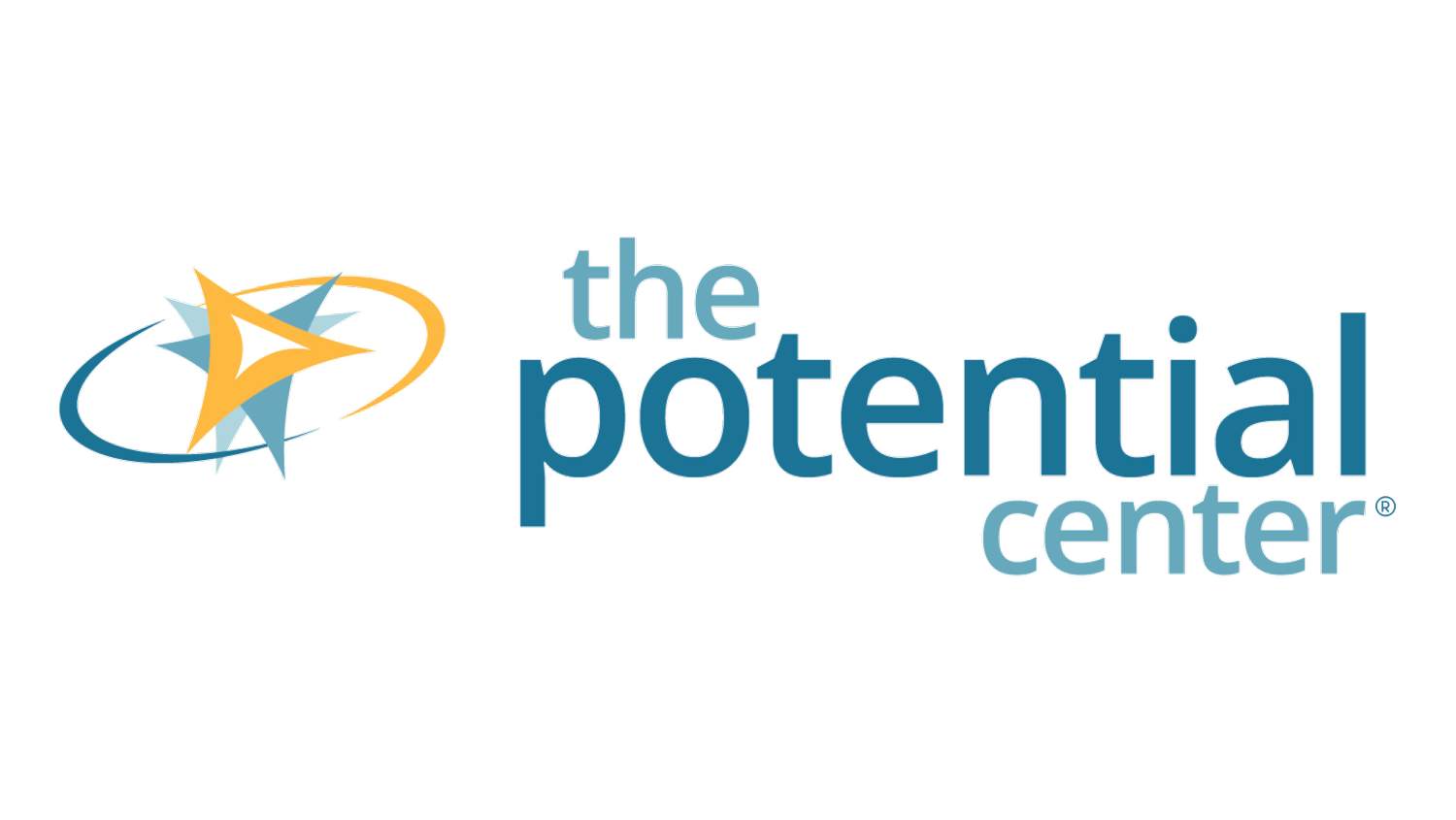Less is more, even when innovating
“Subtraction” can be an effective ideating tool
Do you listen to Hidden Brain on NPR?
In last week’s episode “Innovation 2.0: Do Less”*, engineering professor Leidy Klotz was interviewed about his work around the concept of ‘subtraction’.
Shankar Vedantam pointed out that when groups brainstorm, they are most likely to come up with ideas that involve adding things to products or processes.
While Vedantam made the point that we rarely think about what we can do with less, the managers I coach are very familiar with using the Revolution ideating tool “subtraction”. In the world of effective brainstorming, subtraction is a type of constraint. Constraints that either reduce or increase the parameters in which you ideate help the brain look at the problem or opportunity from different perspectives. This helps reveal oversights or incorrect assumptions.
Examples of Revolution constraints
Your budget has just been halved (subtraction)
You have as much money and resources as you need (addition)
Everyone is buying it! (addition)
We need to solve this by end of tomorrow (subtraction)
Your competitor got to market with this idea first (subtraction)
Case study
A good example of how subtraction can be a benefit is by referring to the history of building blocks, which Klotz shared on Hidden Brain.
Early 20th century architect Anna Keichlein was a serial inventor. Before she turned her attention to them, building blocks were solid. In 1927 Keichlein invented the K-brick, Klotz explains, “which started to subtract some of the mass from building blocks. What she essentially did was create a hollow block, knowing that the load bearing could happen on the outside parts of the block. And by creating the hollow block, you remove half the material compared to what was in the typical building block, which of course makes it less expensive and easier to build with and [requires] less fuel to transport.
“And then these hollow blocks also provide more insulation because of the air voids that are in the blocks. So the resulting buildings are more comfortable, less nosy, less prone to fire, and the block itself is less expensive.”
Want to know more?
If you’d like to learn how using Revolution ideating tools could help your team come up with new ideas, making you a highly valued manager in the process, let’s schedule a time to talk: https://calendly.com/ellia-harris/30min
*From Hidden Brain: Innovation 2.0: Do Less, May 27, 2024, https://podcasts.apple.com/us/podcast/innovation-2-0-do-less/id1028908750?i=1000656907220
I develop newly minted managers who want to stand out and become highly valued. I show them how to lead a team that comes up with solutions no one else could see before.
If you’d like to see what tapping into creative potential could look like at your place of work, contact me at Ellia@ThePotentialCenter.com to arrange a no-obligation call.

